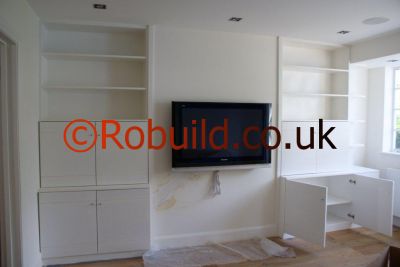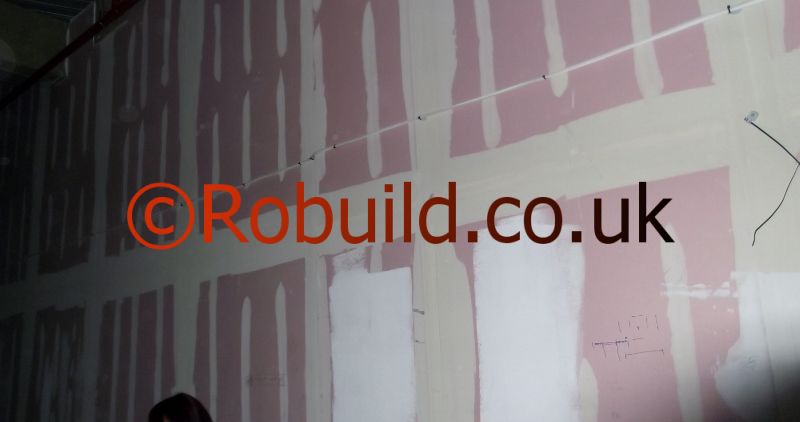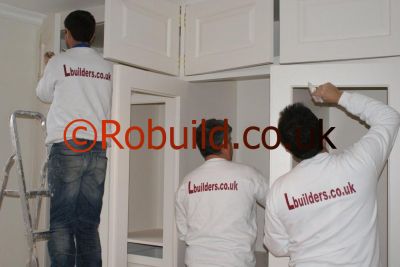Interior Design is good taste in Decorating. For furniture and furnishings the modern style can quite happily mix both natural and man-made materials and is not averse to imitations, so long as they are very skilful.

For example, a plastic laminate imitation of marble, or a PVC leather look is perfectly acceptable providing the effect is realistic. Otherwise, choose natural materials such as wool, cotton, leather, cork, stone and all kinds of wood so long as the natural grain is not concealed by heavy polish or stains. Man-made materials might include metals such as steel, often with a shiny chrome finish, aluminium, glass and all kinds of plastics moulded into exciting and unusual shapes.
Ideally, furniture should be low and streamlined. Modern seating has abandoned the three-piece suite in favour of compact units grouped in an L or U shape to suit the room. Modern look furniture is often flexible, and sometimes serves a dual role, for instance seating doubling as a bed; tables and beds comprising storage space; adjustable shelves and furniture units which can combine into different sizes and arrangements. Solid foam sofas and chairs which can convert to a bed in seconds are inexpensive and ideal for a modern setting. Otherwise, look for comfortable yet stylish seating in textured coverings like tweedy or knubbly fabrics, smooth weaves in wool, corduroy or linen union or for a more expensive look, in leather.
Avoid shiny materials like velvets or figured brocades and choose plain rather than patterned fabrics unless they are of a geometric design. Again, wherever practical, choose pale colours such as oatmeal or peat. Small, low tables with wood, marble, glass or perspex tops in wood or steel frames are ideal for books, magazines and the occasional TV snack meal. Table and chair legs are often replaced by pedestals to give a more elegant look that is also easier to clean.
Streamlined storage
Storage furniture should be as unobtrusive as possible and it is a good idea to concentrate all the storage requirements of a room on to one wall. Wall storage units can be bought or made to your own design to fit along side each other and fill up any given space.
Various compartments and drawers provide space for anything from cutlery, china and glassware to television, hi-fi and records. Sometimes it is possible to give older more ornate pieces of furniture a modern feel simply by painting them to merge in with their background.
Bedroom fittings
In the bedroom, too, streamlined fittings have taken over from the more conventional wardrobe, dressing table and chest of drawers.

Now, even the beds are low and streamlined and often incorporate storage drawers below. Some types even have elaborate headboards incorporating all manner of modern electronics, including a telephone, hi-fi system, television and radio, door entry phone and so on. Again, furniture may be finished in medium to pale colour woods such as teak, pine, ash or beech, though more sophisticated, luxurious, modern pieces may be made of richly-figured rosewood. Otherwise a simple finish of white, plain and unadorned will give the room an elegant design.
The London Painters & Decorators team can advise you further about redecorating your property.





